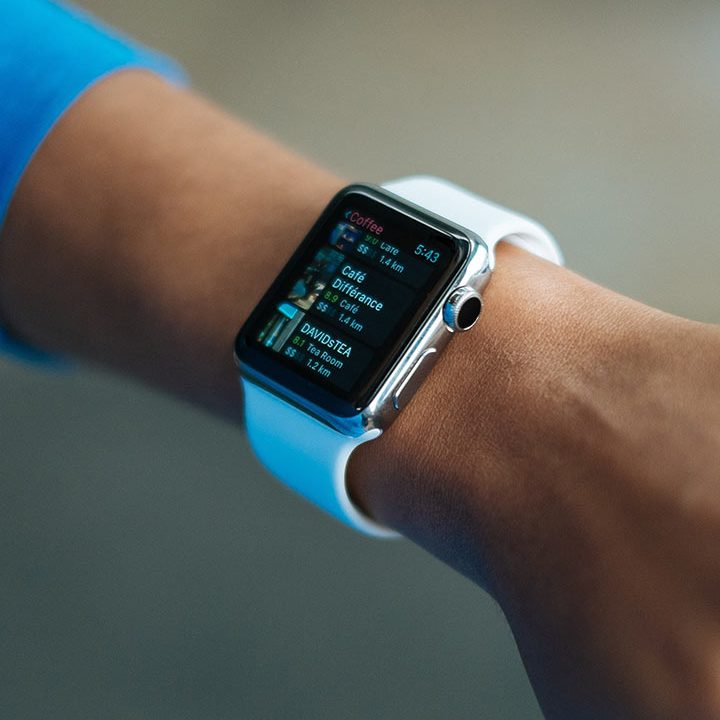Scientific American: Frontiers
Ted Selker hopes that our computers may one day act a bit like Big Brother, but with a positive spin. Selker works at MIT’s Media Lab devising ways in which machines can keep track of what we’re doing and anticipate our needs – from calling up the morning newspaper at the blink of an eye, to answering a knock at the door and taking a message. He even has a program that uses sensors in the floor to trace a person’s footsteps around a room, or an entire house. Want to know where you left your car keys? Your “smart floor” can tell you based on the change in your body weight!
But what if your computer could read not just your eye movements and footsteps, but your emotional state as well? Six years ago, the Media Lab’s Roz Picard fitted Alan with three wire sensors designed to do just that – one that measured the tension in his jaw, another that read the clamminess of his hands, and another that detected his heart rate. After a few questions about his favorite foods, the monitor displayed his body’s notable reaction. The idea was that the computer could adjust to Alan’s mood as needed – stepping things up if he was bored, or slowing down if he was frustrated. Today, Picard has whittled her devices down to a simple ear clip that uses infrared light to measure blood flow through the ear lobe, and a sleek sensory glove. Combine these with a chair she’s developed that knows if you’re slouching sleepily or sitting at attention, and soon your computer can be tuned in to your every mood.







